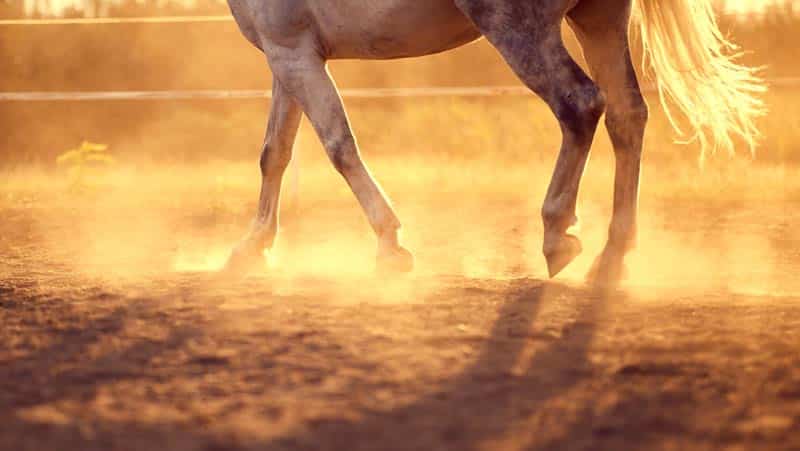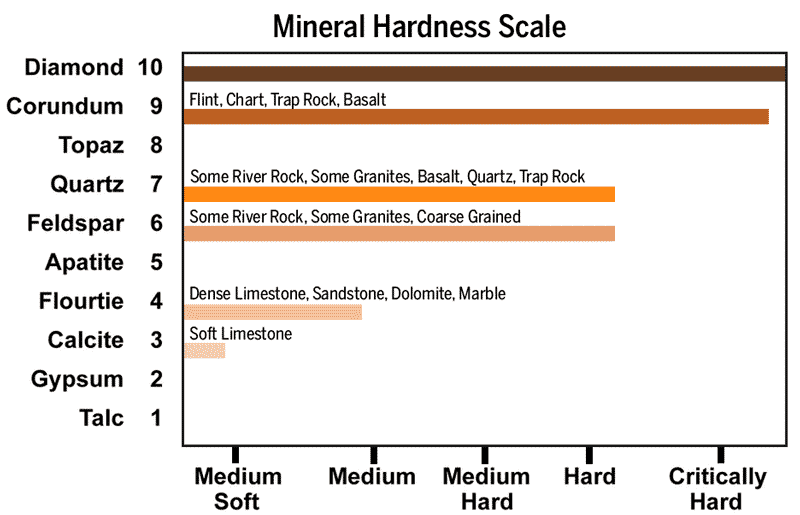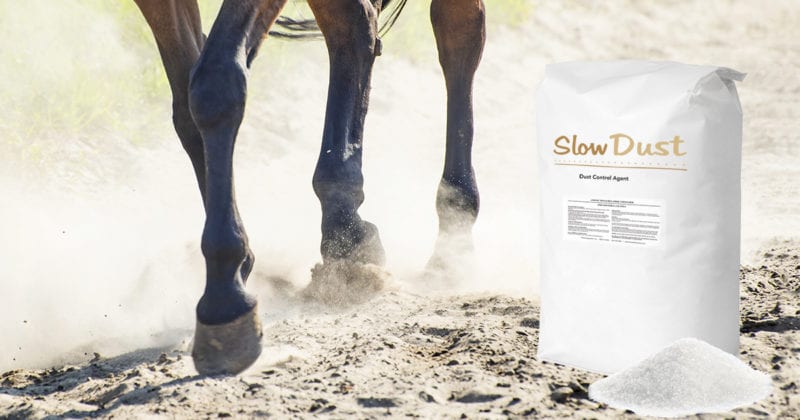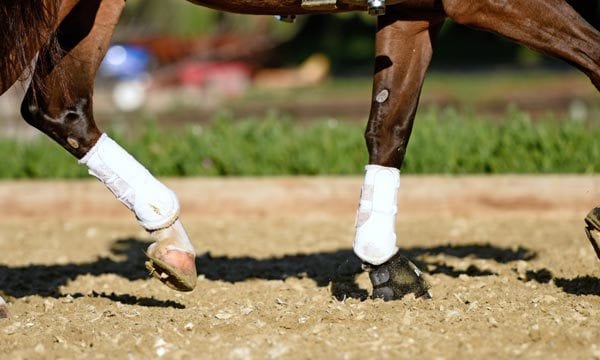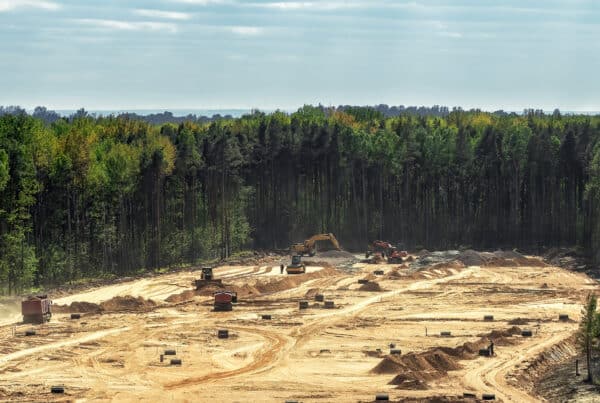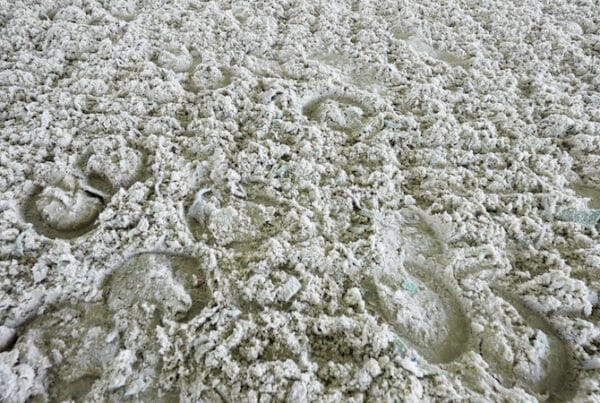By Christina Keim for Premier Equestrian
Where I live in northern New England, the climate is known for being damp; from heavy snow in winter to soaking rains in the spring, our usual issues with water revolve around having too much of it, not too little. But when summer 2020 turned out to be one of the driest in recent history, New Englanders faced all sorts of drought-related issues; for equestrians, this included dusty arenas.
When I say “dust” I don’t mean tiny puffs of the stuff floating at ground level while your best lesson horse shuffles his feet around the edge of the arena. I mean clouds of dust. Choking dust. The kind of dust that rings your eyes and sticks to the insides of your nose and mouth and gets into the stitching of your tack and seams of your breeches—dust that clings to the straw of your iced coffee and makes the water in the shower run brown at the end of the day.
After a few weeks, I started to wonder—is dust like this more than just a nuisance? Is there actual danger to my horse and I being exposed to dust day after day? And if so, what do I do about it? To get better acquainted with the details of dust, I did a little digging (if you’ll forgive the pun) and caught up with Heidi Zorn, president of Premier Equestrian. Read all about dust and arena dust solutions below:
Dust is basically super duper tiny pieces of soft minerals that have gone airborne.
The earth’s crust is made up of many different types of minerals, but the majority of it (between 60-80%, depending on who you ask) consists of silicon dioxide. Silica is a component of most common types of rock and is widely used in many construction projects. If you have sand, it is going to have at least some silica in it.
Silica is a really hard particle. You may have heard the phrase “diamonds are forever”, but silica in the form of quartz isn’t too far behind. On the mineral hardness scale, diamonds rate a 10 while quartz is a 7. When silica is in your horse arena footing, that is a good thing, because its hardness means that horse hooves and tractors and arena drags can’t break it down. Washed silica sand, where it is available, makes a great dust-free arena footing.
But most of the time, the sand in riding arenas comes from local quarries, and builders are limited to what is available in that geographic region. If your region is known for its limestone, sandstone, or calcium carbonate, your arena probably contains sand with a hardness rating from 1 to 3. In other words, the minerals making up that sand are pretty soft. Add in impact from hooves, and the sand quickly breaks down into smaller and smaller particles. And without other intervention, those particles will get lighter and lighter—resulting in arena dust.
“Sand is the main ingredient in footing,” says Zorn. “Most people can’t afford to import silica sand to their area, so what we do here at Premier Equestrian is look at all the variables. We have to start with the mineral, and most of us are stuck with what’s available in our area.”
Horses and humans can expel dust—to a point.
For most horses and humans, a little dust is not a huge deal. Lungs are equipped with a number of defense mechanisms, ranging from the hair in your nose to even tinier hairs called cilia that line the airways to the mucous within the respiratory tract. Most dust particles get trapped by one or more of these mechanisms and are sneezed out, coughed up and/or swallowed (gross, I know, but true). On a microscopic level, specialized cells called macrophages, along with proteins, attack dust particles that make it to the deepest regions of the lung and neutralize them.
But when dust gets excessive, when exposure is sustained, and/or when the dust contains harmful substances, the body’s defenses can get overwhelmed. This can result in permanent damage to the lungs, including chronic inflammation, fibrosis and scarring, resulting in diseases ranging from asthma to COPD to heaves and worse. Fortunately, the dust created by the breakdown of soft minerals and organic matter is not as dangerous as some other forms. But that doesn’t mean steps shouldn’t be taken to mitigate exposure.
Controlling moisture is the best antidote to dust.
Adding water to footing not only decreases dust, it actually improves equine biomechanics. This isn’t a case of, “If a little is good, then more must be better”—getting just the right ratio of water to footing is somewhat of an art form.
The most basic approach is to add a sprinkler system to your arena; for a more sophisticated treatment, consider investing in a water trailer. Premier Equestrian recently launched a 550-gallon Water Wagon that can be attached to a large UTV, truck, or tractor and towed around your arena space. If you really want to go high end, consider installing Premier Equestrian’s Arion Smart Arena Ebb & Flow System, which stores a reservoir of water beneath the riding surface, releasing moisture as needed from below.
Once you have added moisture to your footing, the challenge is keeping it there. Additives can help to retain moisture and provide stability to the surface at the same time. Magnesium chloride is a salt that draws moisture from the air and into the footing; it works best in humid climates and indoor arenas, as rain can wash it away. Premier Equestrian sells two additives—Hydro-Keep and Slow Dust—which use polyacrylamides (the same polymer used in a diaper) to collect moisture and retain it within the footing.
Finally, adding fibers or textile to your footing can help to trap dust particles before they go airborne. Plus, when footing gets too wet, they act as a rooting system to absorb that excess moisture.
Washed sands may actually create more dust, not less.
Choosing arena sand is challenging, as most gravel companies know nothing about the needs of a riding arena. Construction sands are named after the size of the particles in them, not the minerals they are made of, which makes it even harder to know exactly what you are getting. Premier Equestrian offers complimentary sand consultations to help you find the right sand for your arena.
Some facility owners choose a washed sand for their arenas, thinking this will reduce dust. But, with the exception of washed silica sand, the opposite is actually true. Washed sands are usually construction sands made from softer minerals like limestone (which has a hardness of 2), and they break down quickly from the impact of horse hooves. Even worse are sands mixed with clay—imagine the dusty space around a potter’s wheel and kiln, and it is easy to understand how quickly these small particles go airborne once they dry out.
In addition, “clean” sands are made up of particles all of the same size; these roll around like BB’s and create an unstable surface. Non-washed sands are made up of different particle sizes that don’t roll around so much, making them a better choice for horse arenas. “Buy a sand that doesn’t have much dust, but don’t pay a lot of extra money to wash it,” advises Zorn. “A teeny bit of dust holds the footing together.”
You don’t have to break the bank to solve your dust problem.
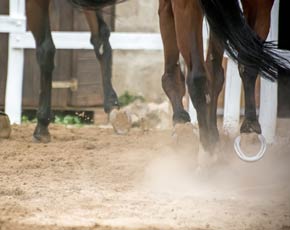
“Different sands, different particle sizes, and different distributions of particles sizes will require different approaches,” says Zorn. “But nine times out of ten, we can make the footing really nice and keep it stable.”
Read more about horse arena sand, low dust arena footing, and contact Premier Equestrian to schedule a free consultation and sand analysis: call 1-800-611-6109.
SHOP OUR ARENA HYDRATION PRODUCTS
Slow Dust – Dust Control Agent
ALL CONTENT COPYRIGHT 2021 PREMIER EQUESTRIAN
About the author
Christina Keim is a professional equestrian and writer based at Cold Moon Farm in Rochester, NH. Over the course of her career, she has worked as a barn manager, head groom, riding instructor, and collegiate equestrian team coach. In 2015, she founded Cold Moon Farm with the mission to promote sustainable living, conservation, and the highest standards of compassionate horsemanship.

